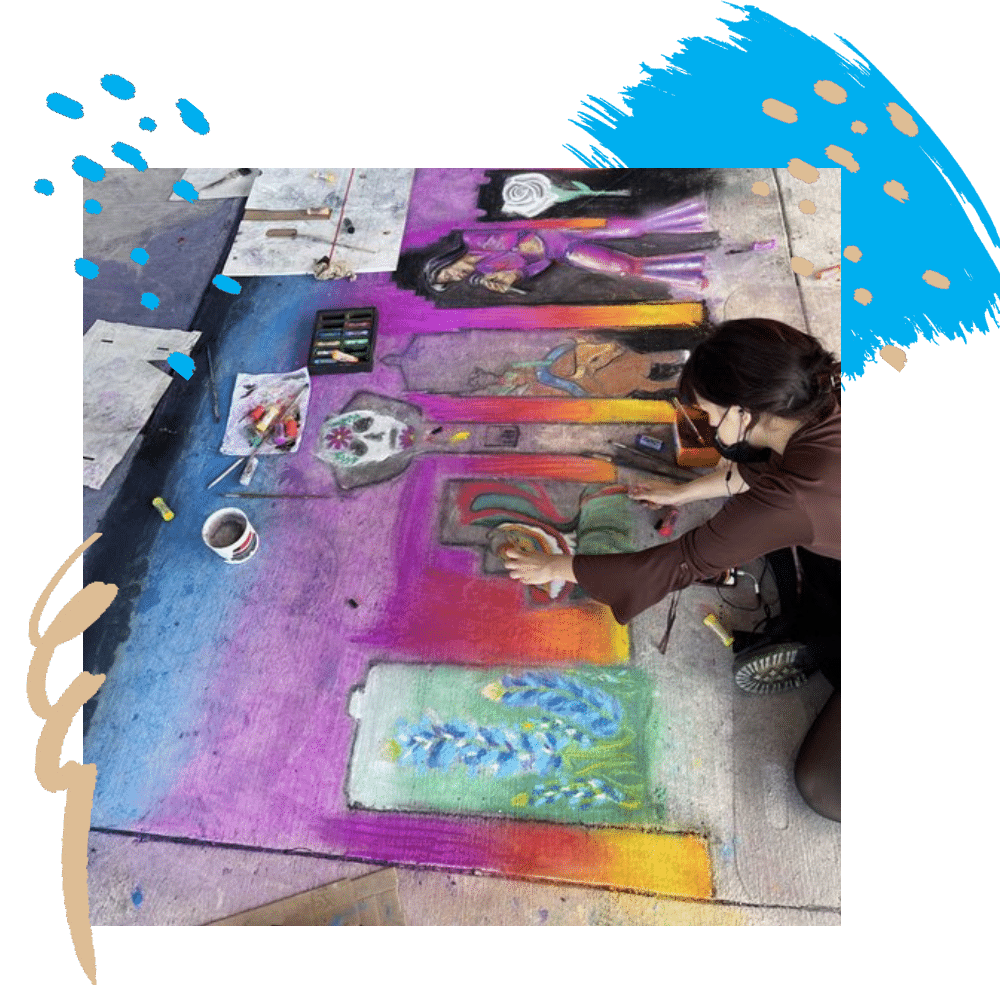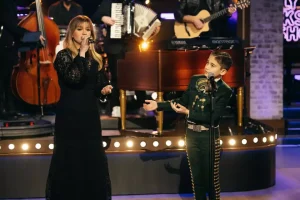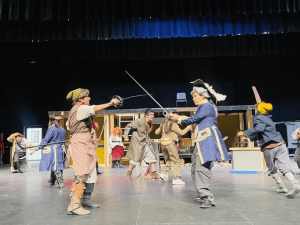
Dickinson ISD’s Seussical Steals the Stage
Gator students filled the seats at Dickinson ISD’s High School to see the theatre department’s performance of Seussical. Talented K-12 students lit up the stage,

* Campaign (Go Public)

Find Texas Schools and Independent School Districts

Fine arts programs in public schools become part of the foundational base of your child’s education. These programs open doors to discoveries in hobbies, artistic expression, and greater academic success!
The Fine Arts cover various creative forms, such as drawing, photography, literature, poetry, and digital art. Fine art is creative and appreciated for its aesthetic, imaginative, or intellectual value.
Research proves that when students learn about art, it helps their brains in numerous ways. Music education and art education engages multiple areas of the brain by exercising fine motor skills, enhancing creativity, expanding social skills, and improving emotional balance.
Performing arts cover various forms of creative expression, including music, theater, film, and dance. Performing arts encompasses performance in front of an audience. Artists use their bodies, voices, and objects to convey expression and stories.

Southwest ISD’s Legacy Art Club students complete their beautiful chalk mural conveying the “Spirit of San Antonio”.
Fine Arts has meaningful impacts and benefits of creating wonderful experiences for students. This creates an exciting environment for hands-on skills and interactive projects.

Gator students filled the seats at Dickinson ISD’s High School to see the theatre department’s performance of Seussical. Talented K-12 students lit up the stage,

Santa Fe ISD’s very own Tribal Belle Competition Team competed in the ShowMakers of America dance competition at Dawson High School. The competition team competed

2023 Fourth Annual Art Bus Go Public Collaboration 2023 marked the fourth year Go Public hosted its annual Art Bus Contest with the Texas Cavaliers,

Huffman ISD’s Middle School Art Teacher, Mrs. Lothringer, introduced her Art I and Art II students to the element of color in art by making

Northside ISD alumnus, James Roday Rodriguez, graduated from Taft High School back in 1994. After saying goodbye to his Raider classmates, he went on to attend

Mateo Lopez, Northside ISD student and world’s youngest mariachi, performed a duet with Kelly Clarkson on NBC’s, “The Kelly Clarkson Show!” The two sang “A

Edgewood Fine Arts Academy’s Acting Company prepares for their upcoming production of “Treasure Island,” which has been honored with the title of Rising

“Puro San Antonio” is a colorful photo exhibit by Fort Sam Houston ISD Cole High School students featuring pop-art portraits of foods, drinks, and other
© Copyright 2023 – We Go Public – All Rights Reserved

If you want to take advantage of this benefit or learn more about how a membership can help your organization please click the button below.